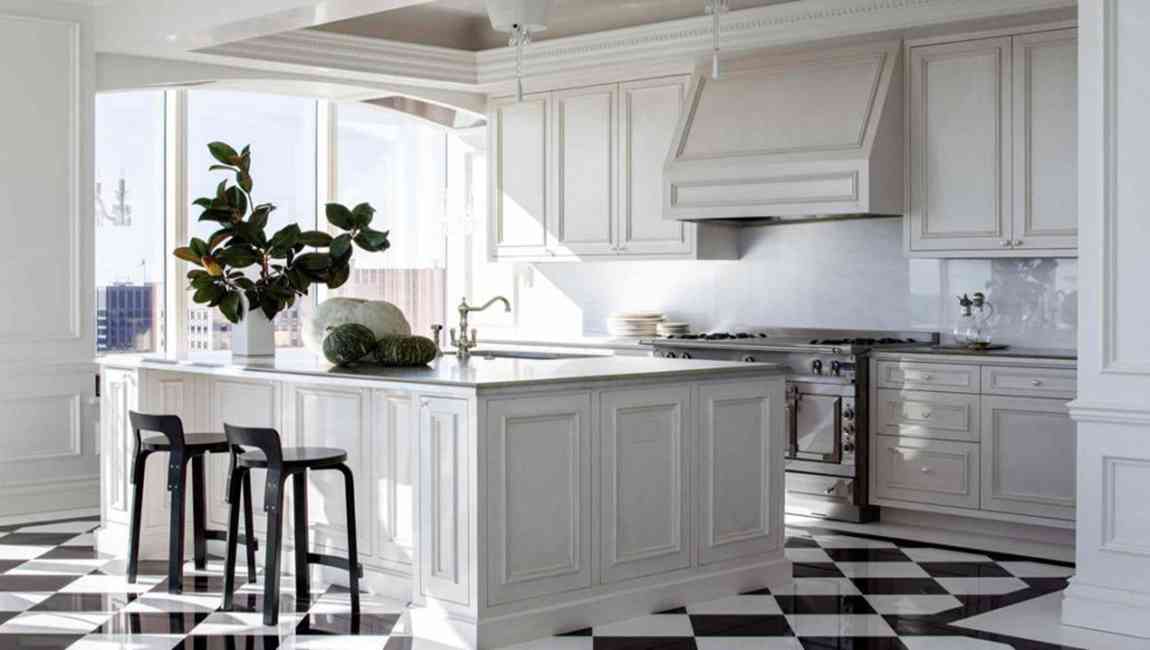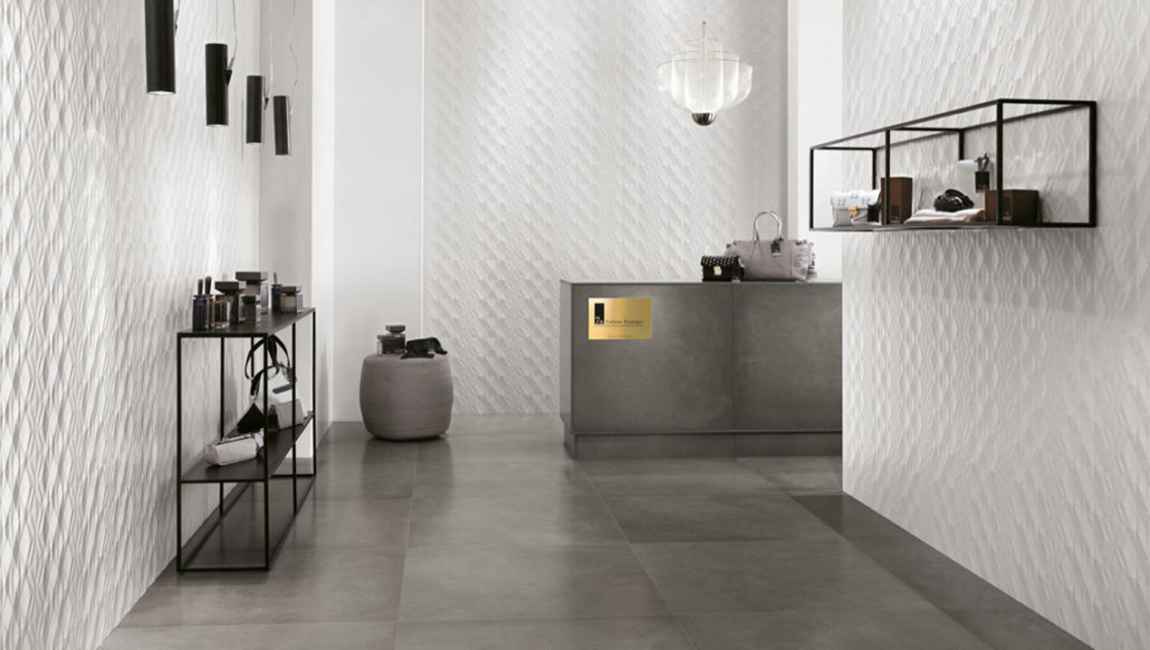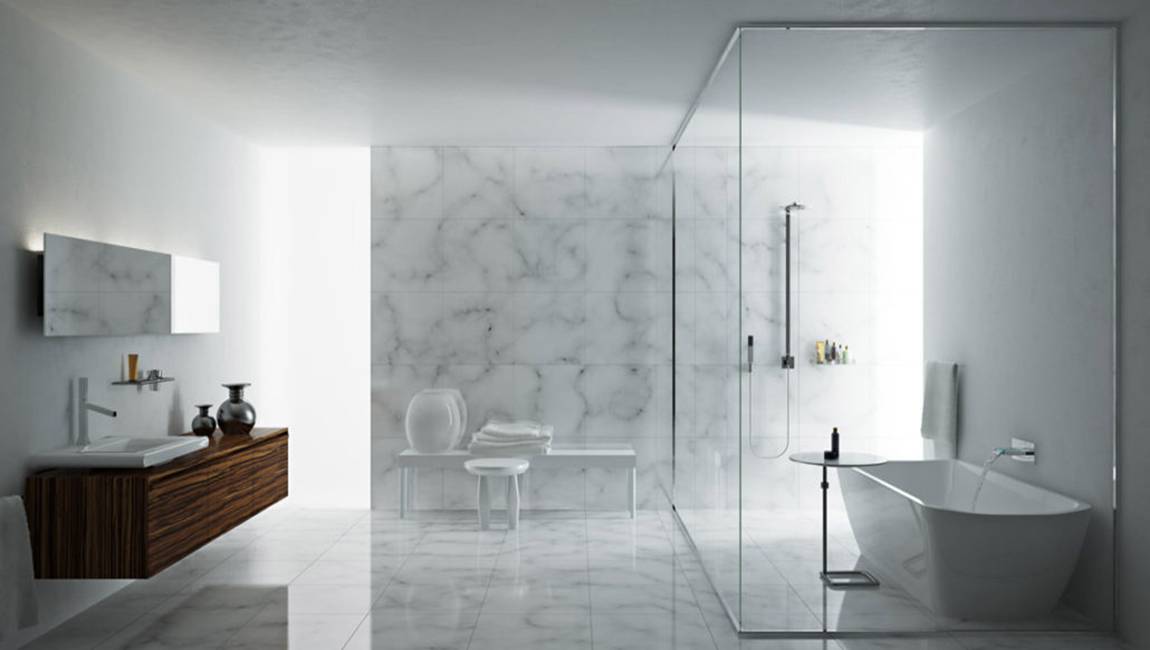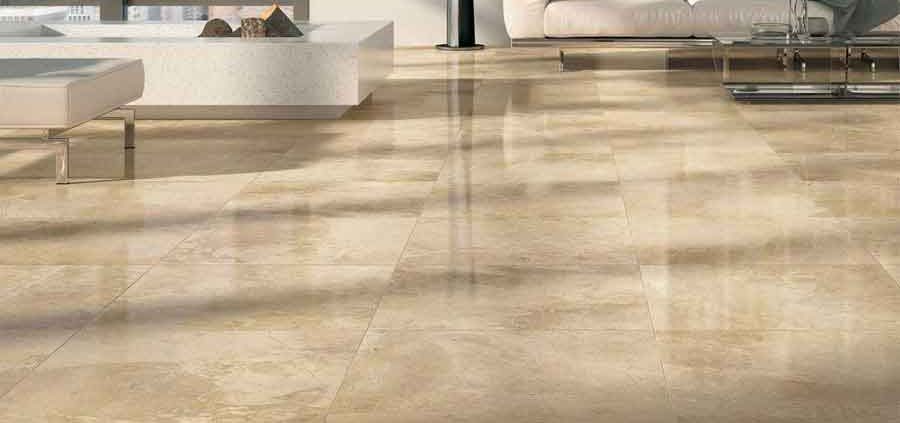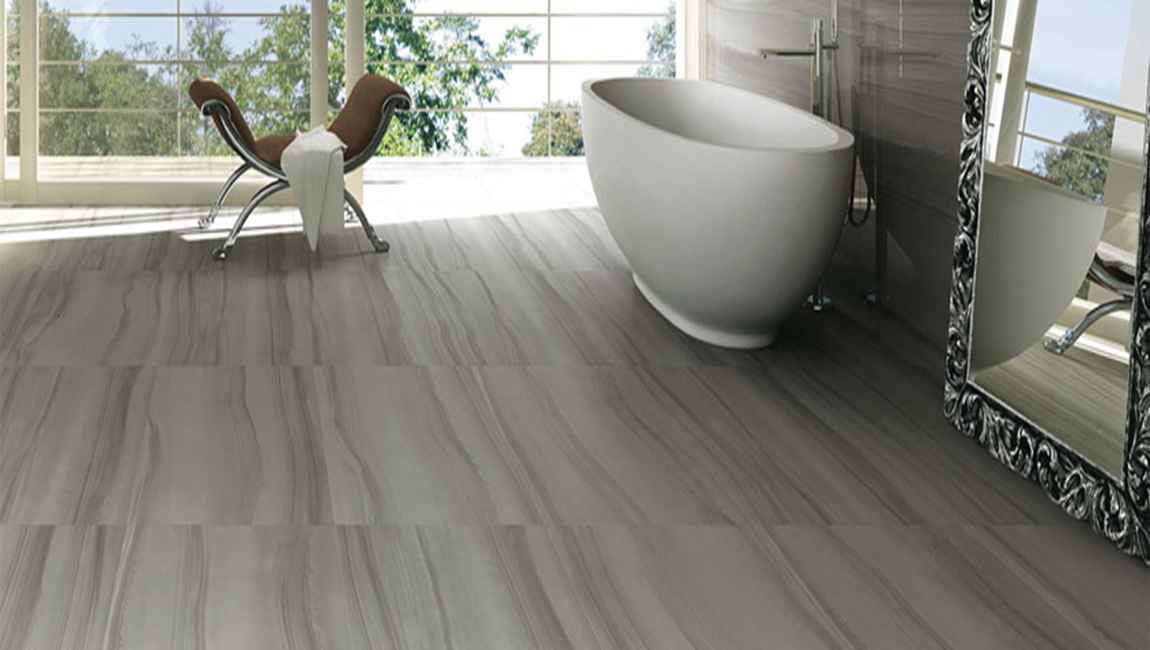What is the preparatory work for the tile paving?
The tile paving is small and small. It seems to be very small. It seems to be very simple. It seems that there will be no big event, but it is always annoying if it is done. Details are very important, many of the problems, in fact, are not done in some details, tile paving is the same, with everyone to share some tiles paving, some often ignored small details.
The wall should be dealt with well. Some walls are cracked, or walls are connected to other materials, such as cement walls and woodworking boards. Before laying tiles, it is necessary to connect the wall cracks with wire mesh, then reinforce with cement, and then lay up tile again, so as to avoid cracking of later ceramic tiles.
Whether the tile needs water or not, it is necessary to see the specific situation. In the use of ordinary cement mortar paving, some of the higher water absorption of pottery tiles, that is what we usually say wall tiles, that is the need for water, and must bubble foot. And some floor tiles with low water absorption, such as polished tiles, marble tiles, etc., do not soak water, whether they stick to the ground or on the wall. There is another case. If it is paved with ceramic floor tile, no matter whether it is tile or floor tile, it needs no water. When the water is needed, you should pay attention to it. Every batch of tile time is as much as possible, and the water used is as clean as possible so as to avoid the color difference after the paving. There is also a point, the need to make water tiles as much as necessary to bubble water, how much to use in advance to bubble how much, especially when put to the back, do not make a whole body to bubble, if the bubble is not finished, it is unable to return.
About the powder of the tile billet. Magnesium Oxide and magnesium carbonate are a high temperature resistant white powder. Generally, the ceramic kiln floor tiles are at the highest temperature of more than 1200 degrees, when the tile bottom is close to melting (the expression may be inaccurate, but the tile embryo is soft). In order to avoid sticky stick of tile embryo and kiln, using the characteristics of high temperature resistance of Magnesium Oxide and magnesium carbonate, before the tile embryo entered the kiln, a layer of Magnesium Oxide pulp was brushed on the bottom of the embryo to play the role of isolation. This will avoid sticking sticky tiles and sticks in high temperature kilns. Therefore, sometimes we will find that there are many powders at the bottom of the billet, and we should try to remove the white powder before paving. Otherwise, it will cause the cement mortar to be stuck to the tile, causing the hollowing off.
Many people think that it is a waste of time to per pave tiles before paving. In fact, the old pottery people think that the front row of tile is to spend a little time, but in the row of tiles, can avoid the generation of some of the following problems, for example, when the tile, can look at the tiles of the supporting waist line, tile or processing tile and the main tiles with the main tile? Besides, there are obvious defects on the main tile surface, whether there is chromatic aberration, whether the size error is large or not. In front of the tiles, the old pottery also hopes that the owner can take out every tile that is to be used, and give a detailed account of the position, quantity and special requirements of the paving, which can avoid the paving error.
Before paving, we must clean up the wall. Before we scrape the putty wall, we need to shovel the putty and lay the tiles again. Otherwise, it will easily cause the hollow drum to fall off. If you want to use tile glue to paste the tiles later, you must make the wall level. If we use ordinary cement mortar to paste, we should pay attention to the proportion of cement sand, tile 1:3, floor tile 1:2, cement grade 32.5 cement. If the floor tiles are on the wall, it is suggested that tile glue or adhesive should be used for paving, so as to avoid the drums falling off later.




